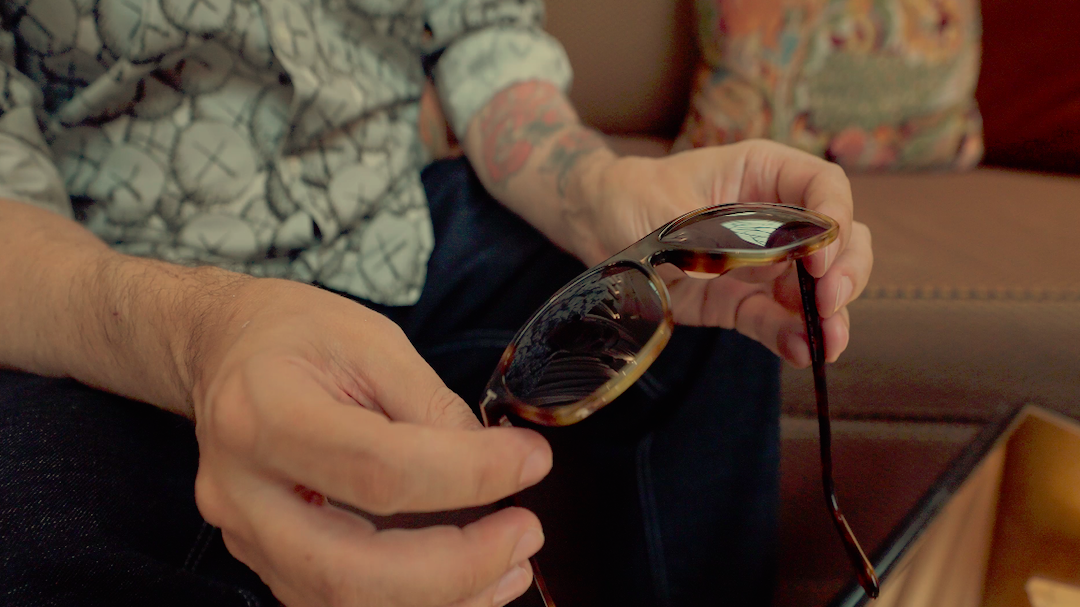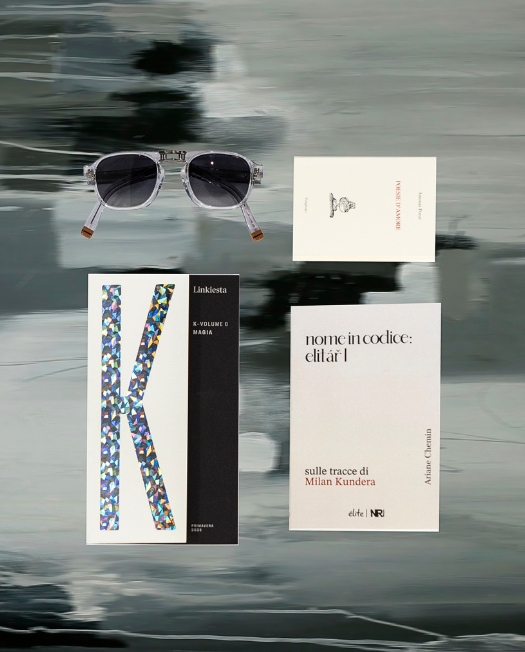What places do you hold in your heart in this city, especially during the Fashion Week?
«For sure the Grand Hotel et de Milan coffee bar in via Manzoni, one of the city’s most prestigious hotels, built in 1880 and hosting the famous “Verdi suite” on the first floor, the room where Giuseppe Verdi passed away. The hotel bar, with a pleasantly retro appearance, is always very peaceful, even though it is located downtown: walking into this place is like entering a sort of parallel dimension. Ancient and very elaborate, playful yet melancholic at the same time. Another place that I hold in my heart and that is located just a few steps away is the Libreria Armani, one of the earliest fashion bookshops in Milan. It is also one of the most comprehensive ones, where I can always find very rare publications, such as essays and international magazines, that are impossible to find elsewhere in Milan. For fashion lovers it’s a little garden of delights, where one can spend a few very pleasant minutes. Lastly, Palazzo Morando, in via S. Andrea, which is also in the heart of the fashion district. The Palazzo is located inside a breathtaking noble residence (whose main structure dates back to the 1500s) and today hosts the Fashion Museum, where the dress collection of the Sforza Castle is stored. And the calendar of exhibitions organized at Palazzo Morando is always very interesting. For me, it’s a place worth visiting».
On the eve of the Fashion Week, how do you see the incoming catwalk season in Milan?
«There’s a lot of buzz about it, because – with all the “first times”, “last times” and “times of passage” – many interesting things will be unfolding. Talking about the first times, there’s a great curiosity about Tom Ford’s debut in Milan under Peter Hawkings’ new creative direction. In general, however, it’s a moment worth watching carefully because it’s a transitional moment, a shift towards quiet luxury; so, we’ll see how creatives will tackle the concept. This edition will mark a turning point between what belongs to the past and what belongs to the future».

How does Andrea Batilla see eyewear?
«Eyewear is one of the most interesting and mysterious accessories, because it changes the visual construction of our faces, i.e. how others perceive us. Frames are very specific objects that recall very specific historical and cultural contexts. While we can feel confused about how to dress, when we choose a frame to wear it’s always like walking into a movie. We become the main characters in this movie. It’s a magical experience. And eyewear is the only accessory that gives us this experience. Also, because it is the only one that is worn so close to the body».


















